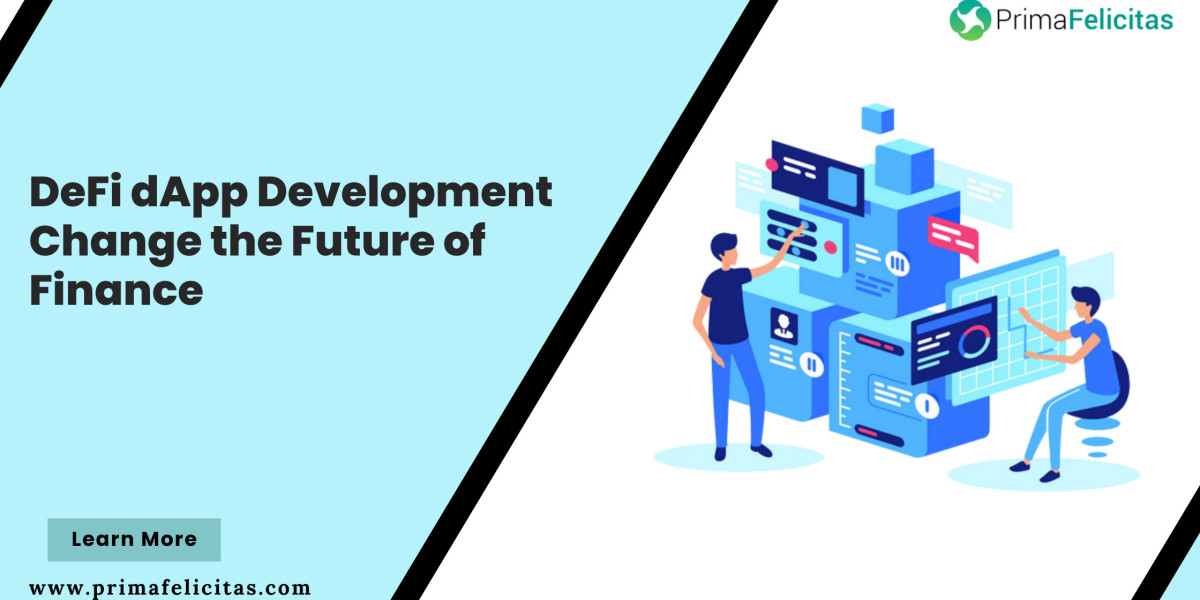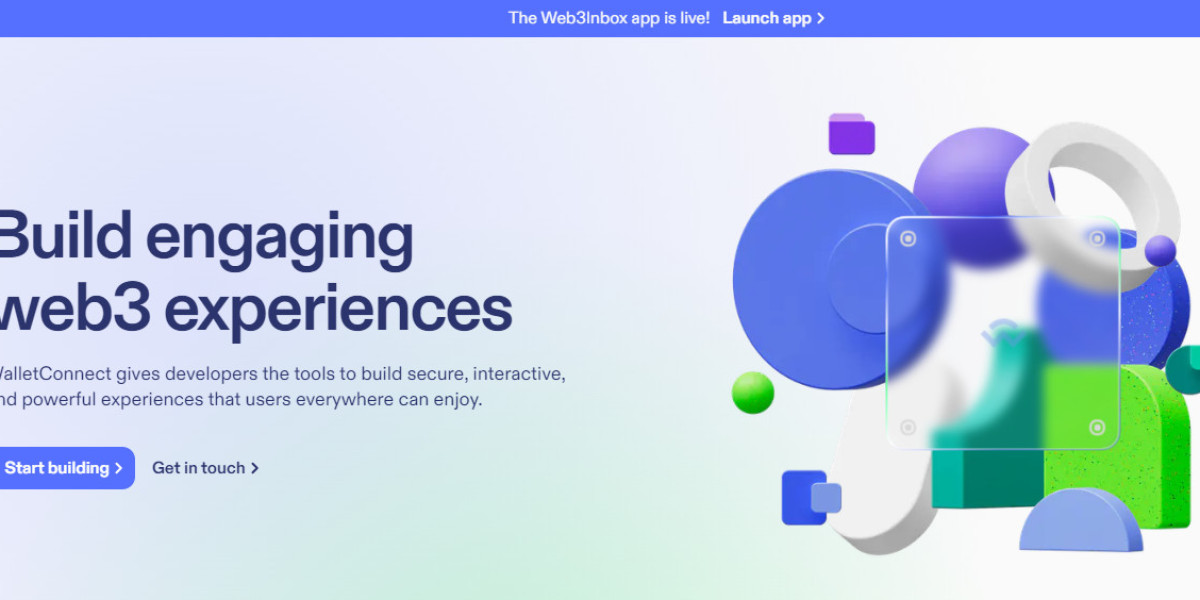The financial industry is undergoing a seismic shift with the rise of decentralized finance (DeFi). At the heart of this transformation are decentralized applications (dApps), which leverage blockchain technology to offer innovative financial services. In this blog, we will delve into the world of DeFi dApp development, exploring its significance, the development process, and its impact on the financial landscape.
What is DeFi?
DeFi, short for decentralized finance, refers to a financial ecosystem built on blockchain technology that operates without traditional intermediaries such as banks, brokers, or exchanges. By using smart contracts on decentralized platforms like Ethereum, Binance Smart Chain, and Polkadot, DeFi enables peer-to-peer financial transactions that are transparent, secure, and efficient.
Understanding DeFi dApps:
DeFi dApps are decentralized applications that facilitate various financial services on blockchain networks. Unlike traditional financial applications, dApps are not controlled by a central authority but operate on a peer-to-peer network. This decentralization reduces costs, increases accessibility, and promotes transparency.
The Key Components of DeFi dApp Development:
1. Smart Contracts:
Definition: Self-executing contracts with the terms of the agreement directly written into code.
Functionality: They automate transactions and enforce rules, eliminating the need for intermediaries.
Security: Smart contracts must be carefully audited to ensure they are secure and free from vulnerabilities.
2. Blockchain Platforms:
Selection: Choosing the right blockchain platform is crucial. Ethereum is the most popular for DeFi, but other platforms like Binance Smart Chain and Polkadot are also used.
Deployment: Developers deploy dApps on these platforms to leverage their decentralized nature and security.
3. User Interface (UI):
Design: Creating a user-friendly interface is essential for the adoption of DeFi dApps. The UI should be intuitive and accessible.
Experience: A seamless user experience encourages more users to interact with the dApp.
4. Security and Auditing:
Importance: Security is paramount in DeFi. Regular audits and rigorous testing are conducted to identify and mitigate vulnerabilities.
Tools: Tools like automated testing frameworks and third-party audits are often employed to enhance security.
The Benefits of DeFi dApps:
Transparency: All transactions are recorded on public blockchains, providing complete transparency and enhancing trust among users.
Security: The decentralized nature of dApps reduces the risk of hacks and single points of failure. Smart contracts further automate and secure transactions.
Accessibility: DeFi dApps are accessible to anyone with an internet connection, promoting financial inclusion and breaking down traditional barriers to entry.
Cost-Efficiency: By eliminating intermediaries, DeFi dApps significantly reduce transaction costs, making financial services more affordable.
Popular Use Cases of DeFi dApps:
Lending and Borrowing: Platforms like Aave and Compound allow users to lend their assets and earn interest or borrow against their holdings.
Decentralized Exchanges (DEXs): DEXs like Uniswap and SushiSwap enable users to trade cryptocurrencies directly from their wallets without relying on centralized exchanges.
Yield Farming and Staking: Yield farming involves providing liquidity to DeFi protocols in exchange for rewards, while staking allows users to earn interest by locking up their assets in a blockchain network.
Stablecoins: Stablecoins like DAI and USDC are pegged to stable assets like the US dollar, providing a reliable medium of exchange and store of value in the volatile crypto market.
The Future of DeFi dApp Development:
As the DeFi ecosystem continues to evolve, we can expect further advancements in technology, security, and user experience. Innovations such as layer 2 scaling solutions, cross-chain interoperability, and enhanced privacy features will drive the next wave of DeFi dApp development. Additionally, as regulatory frameworks become clearer, mainstream adoption of DeFi is likely to accelerate, bringing decentralized finance to the forefront of the global financial system.
Conclusion:
DeFi dApp development is revolutionizing the financial industry by providing transparent, secure, and accessible financial services. By leveraging blockchain technology and smart contracts, DeFi dApps are creating new opportunities for users worldwide and shaping the future of finance. Whether you are a developer, investor, or simply a curious observer, the DeFi movement offers a glimpse into the future of a decentralized financial world.
For inquiries and consultations regarding our DeFi dApp development contact us at PrimaFelicitas
Share Your Project Brief: https://www.primafelicitas.com/web3-blockchain-project-brief/








